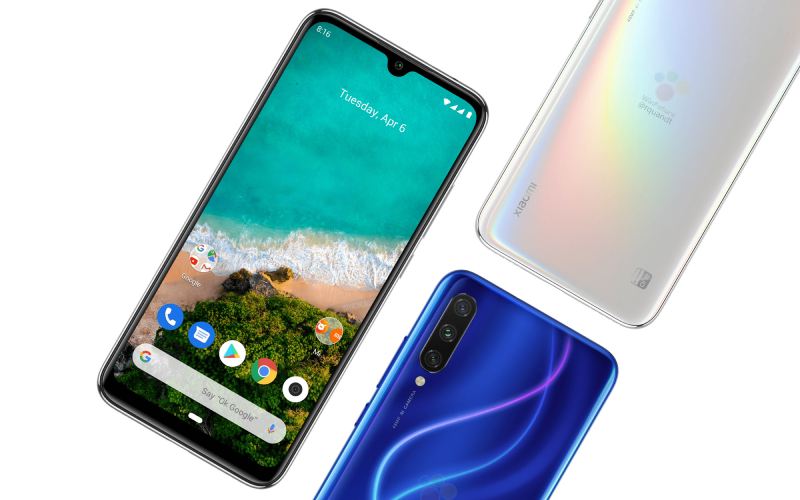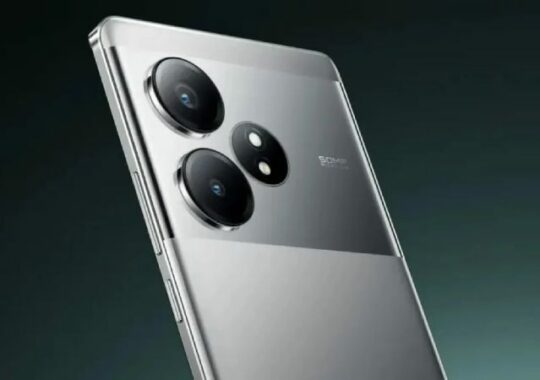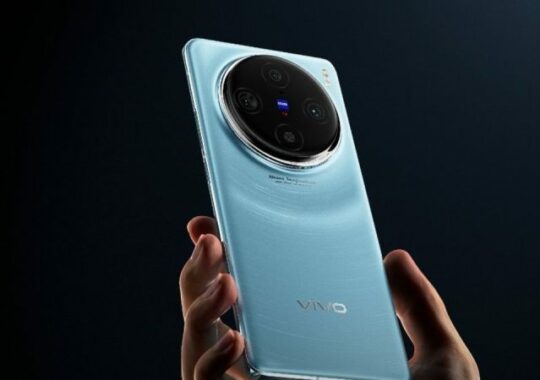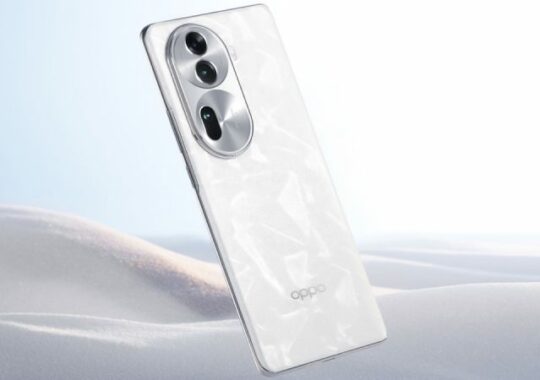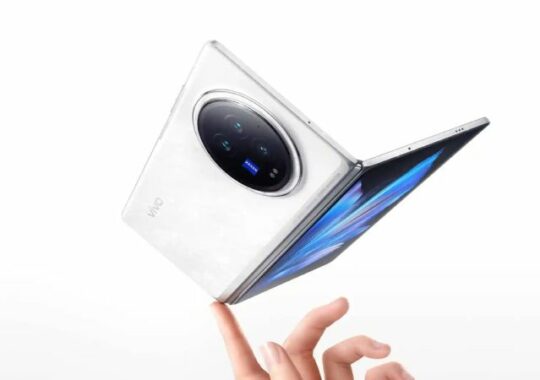The company’s most reasonably priced smartphone lineup, the Redmi series, has seen significant improvements this year, particularly with the addition of the Note 13 series, which debuted this month.
The three models of the Note 13 are the Pro, Pro+, and base models. The Pro+ and Pro+ models have brighter screens, new designs, better chipsets, and additional features over the previous models.
Redmi Note 13 Pro+: 62,500 Ksh
Rather than the Note 12 Pro+’s 10-bit screen, the Pro Plus version features a 6.67-inch 12-bit screen that supports 68B colors. At 1800 nits, it is brighter than the predecessor’s 900 nits. Additionally, Corning Gorilla Glass Victus—an improvement over Gorilla Glass 5—protects it.
It also has an aluminum frame and a glass back. Instead of a side-mounted fingerprint reader, it has an under-display fingerprint reader.
IP68 is a higher rating for ingress protection than IP53.
Dimensity 7200 Ultra, which is faster than Dimensity 1080 from the previous year, is included with the Redmi Note 13 Pro+. RAM begins at 8GB and increases to 16GB, while storage ranges from 256GB to 512GB. This upgrade from UFS 2.2 to UFS 3.1.
MIU-14 and Android 13 are also on display.
The camera setup remains the same: a 200MP main camera with optical image stabilization (OIS), an 8MP ultrawide, and a 2MP macro with video recording limited to 4K 24/30 frames per second. The 16MP front-facing camera captures 1080p videos for selfies.
It has a 120W fast charging capability and a 5000mAh battery.
The available colors are Aurora Purple, Fusion Purple, Camo Green, Midnight Black, and Moonlight White.
Ksh 39,500 for the Redmi Note 13 Pro 5G
In addition, the Pro has some nice features over the original model.
The 6.67-inch AMOLED screen on the Redmi Note 13 Pro has a refresh rate of 120 Hz, a peak brightness of 1800 nits, which is 1800 nits brighter than the 900 nits of its predecessor. It also has IP54 ingress protection. Over the Note 12 Pro’s 1080 by 2400 pixels, the resolution has been increased to 1220 by 2712 pixels.
One important difference between the Note 13 Pro and its 10-bit screen is that the Note 13 Pro’s 10-bit screen can display up to 1B colors, while the Note 13 Pro’s 12-bit screen supports 68B colors.
With Gorilla Glass Victus instead of Gorilla Glass 5 of the 12 Pro, the screen is better protected.
In comparison to its predecessors’ Dimensity 1080 chipset, the Snapdragon 7s Gen 2 processor, which powers the Pro, is comparatively potent. Memory ranges from 8GB to 16GB, while storage starts at 128GB and goes up to 512GB. An external microSD card slot is absent.
MIU 14 and Android 13 are installed.
The 50MP configuration of the 12 Pro was replaced with a new 200MP setup in the 13 Pro. They are both supported by OIS. An 8MP ultrawide and a 2MP macro are the other two cameras. Rear cameras are capable of 4K (30 frames per second) video recording.
A 16MP front-facing camera with 1080p video capabilities is the selfie camera.
Using the same 67W fast charging, the battery’s capacity is increased from 5000mAh to 5100mAh.
The available colors are Aurira Purple (Coral Purple), Ocean Teal, Midnight Black, and Arctic White.
Other features include stereo speakers and, in place of the 12 Pro’s side-mounted fingerprint reader, an under-display fingerprint reader.
Ksh 26,500 for the Redmi Note 13
The Snapdragon 685 and Dimensity 6080 chipsets found in the 4G and 5G variants of the Redmi 13 are available. There are a few more differences between them, such as the 4G version’s brighter screen (it is 1800 nits, compared to 1000 nits on the 5G unit). There is Corning Gorilla Glass 3 in the 4G version and Corning Gorilla Glass 5 in the 5G version.
The fingerprint reader on the 5G model is side-mounted, whereas the one on the 4G version is under the display. The remaining characteristics are comparable.
The Redmi Note 13 sports a 6.67-inch AMOLED screen (1B color) with a refresh rate of 120Hz and IP54 ingress protection. Disappointingly, since Android 14 is the most recent version of the OS, they boot up Android 13 and MIUI 14.
They have 6GB of RAM out of the box and 128GB of storage with room to grow via an external microSD card.
The 48MP primary camera on the Note 12 is replaced with a 108MP primary camera on the Note 13 series, available in both 4G and 5G variants. A 2MP depth sensor and an 8MP ultrawide are the other two cameras. A maximum of 1080p 30 frames per second can be recorded.
A 16MP front-facing camera with 30 frames per second (1080p) is used as the selfie camera.
A 5000mAh battery with 33W fast charging is included with both devices.
The 5G version is available in Midnight Black, Ice Bue, Ocean Sunset, and Mint Green, while the 4G version is available in Prism Gold, Ocean Teal, Graphite Black, and Arctic White.
Redmi 13C: 17,500 Ksh
Although Xiaomi made some changes, such as a redesign to the design, the Redmi 13C weighs exactly the same as its predecessor.
The 6.74-inch LCD screen on the front has a resolution of 720p, a refresh rate of 90Hz (the Redmi 12C came with a standard 60Hz refresh rate), and a maximum brightness of 600 nits. Gorilla Glass protection is also present.
Since the phone doesn’t come with the box, the matte back enhances the phone’s appearance while also helping to conceal fingerprints and smudges. The camera island is glossy, though.
Xiaomi moved the fingerprint reader from the back to the side of the Redmi 13C, which is a very welcome change. The device has a flat design.
A 50MP triple rear camera setup with a 2MP macro and a depth sensor is included. Compared to the Redmi 12C’s 5MP selfie camera, the 8MP front-facing camera takes better pictures. Both cameras have a 1080p 30 frames per second video recording cap.
The MediaTek Helio G85 processor, which powers the phone, has RAM and storage options ranging from 4GB to 128GB, with a maximum of 8GB and 256GB. MIUI 14 and Android 13 are currently in use.
In addition, there is an 18W Type-C charging port and a headphone jack, which is an upgrade from the Redmi 12C’s 10W micro-USB port. A 5000mAh battery is included with the Xiaomi Redmi 13C.
This is Why PhonePlace Kenya Is The Best Place To Purchase Xiaomi Smartphones
The online store to visit if you’re looking to buy a Xiaomi device is PhonePlace Kenya.
Their entire customer journey, from purchase to checkout, is smooth both online and offline. Original smartphones and accessories are offered by the online store. In addition, they provide nationwide shipping and a two-year warranty on the phones.
Bazaar Plaza, Mezzanine 1, Moi Avenue, Nairobi, Kenya is the address of Phoneplace Kenya.

